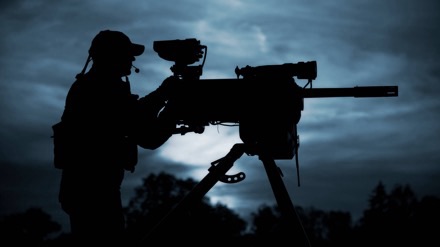German Chancellor and Prime Minister of Denmark Take Part in Ground-breaking Ceremony
Rheinmetall is taking an important strategic step to bolster Germany’s national security preparedness. The Düsseldorf-based tech enterprise is building a new factory at its Unterlüß site in the Lüneburg Heath in Lower Saxony, further enhancing the country’s self-reliance in ammunition production. Chancellor Olaf Scholz, the Prime Minister of the Kingdom of Denmark, Mette Frederiksen, and German defence minister Boris Pistorius joined Rheinmetall AG executive board chairman Armin Papperger for the official ground-breaking ceremony of “Werk Niedersachsen”, the Group’s new ammunition factory. Numerous other prominent personalities from the world of politics, administration, the armed forces and industry were present as well.
In future, Werk Niedersachsen will produce artillery ammunition, explosives and rocket artillery components. The factory will eventually manufacture some 200,000 artillery shells a year, along with up to 1,900 tonnes of RDX explosive and, optionally, other components for producing ammunition charges. In addition, production of rocket engines and possibly warheads could take place here, which will be necessary for the planned German rocket artillery project, for example.
“To secure Germany’s strategic sovereignty in the large-calibre ammunition domain, we’re creating a national production facility that sets new standards and will primarily meet the needs of the German Bundeswehr”, declares Armin Papperger, going on to note that “with Werk Niedersachsen, we’re establishing another European centre for producing artillery ammunition and other effectors at our historic Unterlüß site. The move reflects our sense of responsibility and resolve to contribute materially to the ability of our country and our NATO partners to defend itself.”
This company-financed project represents investment volume in the €300 million range. Rheinmetall is therefore shouldering the entire cost of constructing the factory, with no government involvement. The factory will also mean around 500 new jobs in Unterlüß.
Rheinmetall’s new factory will make it possible to meet the Bundeswehr’s own needs through domestic production and – especially in a crisis – to assure unrestricted transfers to partner nations. Previous dependency on export permits issued by other countries will thus be eliminated, giving Germany full sovereignty in this national security-relevant domain. In the process, Rheinmetall will create a complete value-added chain for artillery ammunition in Unterlüß, enabling it to offer the ‘full shot’ from a single source, including the shell, fuse, explosive charge and propelling charge.
Werk Niedersachsen will operate largely autonomously, with all the work steps necessary for producing artillery shells carried out on location. In building this plant, Rheinmetall is pursuing a modular, scalable concept for assuring a secure supply of ammunition, one with the potential for additional growth.
The top priority for the new factory is the earliest possible start of production. Following a construction period of around twelve months – proceeding from the date of the contract – annual capacity will be 50,000 shells a year. Germany’s initial share of value added will come to 50 percent, gradually increasing in the second year of production to 80 percent and to 100 percent in the third. By this point, Germany will have a fully autarkic supply of artillery ammunition, with value added generated entirely at home.
In terms of volume, annual capacity will reach 100,000 shells in the second year of production, later rising to 200,000 a year.
Background:
Artillery is a vital capability of land warfare. The war in Ukraine shows how immense the need for ammunition is. The Bundeswehr’s depots are empty; replenishing its stocks will cost an estimated €40 billion. Enormous consumption of ammunition in Ukraine is exacerbating current shortages. The western world’s available production capacity is not structured to meet demand on this scale. Like other countries, Germany therefore plans to procure large amounts of ammunition over an extended period.
Rheinmetall is a leading defence contractor and one of the world’s largest producers of ammunition. In recent months, the Group has already been investing substantially in its production network. By 2025, Rheinmetall aims to produce up to 700,000 rounds of artillery ammunition at its plants in Germany, Spain, South Africa, Australia and Hungary, as well as 10,000 tonnes of powder.
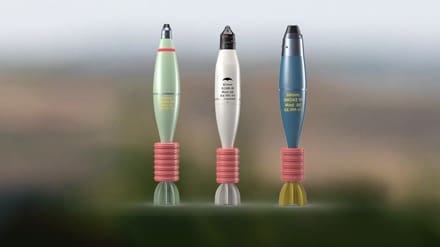


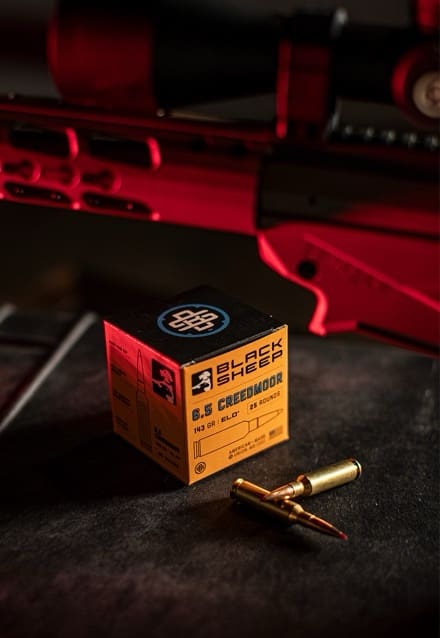
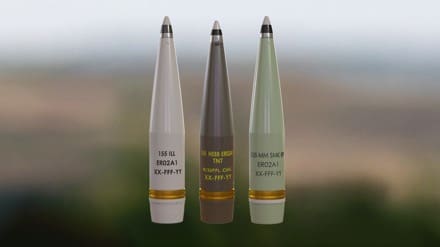
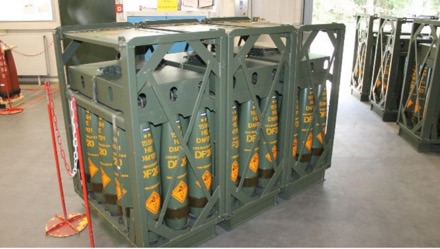
 Rheinmetall is taking an important strategic step to bolster Germany’s national security preparedness. The Düsseldorf-based tech enterprise is building a new factory at its Unterlüß site in the Lüneburg Heath in Lower Saxony, further enhancing the country’s self-reliance in ammunition production. Chancellor Olaf Scholz, the Prime Minister of the Kingdom of Denmark, Mette Frederiksen, and German defence minister Boris Pistorius joined Rheinmetall AG executive board chairman Armin Papperger for the official ground-breaking ceremony of “Werk Niedersachsen”, the Group’s new ammunition factory. Numerous other prominent personalities from the world of politics, administration, the armed forces and industry were present as well.
Rheinmetall is taking an important strategic step to bolster Germany’s national security preparedness. The Düsseldorf-based tech enterprise is building a new factory at its Unterlüß site in the Lüneburg Heath in Lower Saxony, further enhancing the country’s self-reliance in ammunition production. Chancellor Olaf Scholz, the Prime Minister of the Kingdom of Denmark, Mette Frederiksen, and German defence minister Boris Pistorius joined Rheinmetall AG executive board chairman Armin Papperger for the official ground-breaking ceremony of “Werk Niedersachsen”, the Group’s new ammunition factory. Numerous other prominent personalities from the world of politics, administration, the armed forces and industry were present as well.
